
Hearing aids are small yet powerful devices that have the ability to transform the lives of anyone suffering from hearing loss.
Whether you’re thinking about getting hearing aids or are simply curious about how they work, this guide will walk you through everything you need to know about how they pick up sounds, make them louder and process them to help you understand conversations and enjoy everyday life.
How exactly do hearing aids work?
The technology that goes into making modern hearing aids is incredibly advanced, but the mechanism behind how they work is relatively simple.
The basic function of most hearing aids involves three main components and a straightforward three-step process:
- Microphone: All hearing aids have a microphone that picks up sound and speech from the environment around you
- Amplifier: These sounds are then converted into an electrical signal and sent to an amplifier. The amplifier increases the strength of the signal, therefore making the sound louder and clearer
- Speaker/receiver: These amplified signals are then converted back into sound by a speaker (also known as a receiver), and directed straight into the user’s ear.
Of course, these are the fundamental workings of a hearing aid but many of today’s devices have more sophisticated features that help to improve the user’s listening experience. These may include features that reduce background noise or help you to distinguish specific sounds, but we’ll cover more on this later in the blog.
It’s also worth noting that most hearing aids operate on disposable zinc-air batteries which can last anywhere from 3 to 22 days before needing to be replaced, depending on usage and the type of hearing aid. However, rechargeable hearing aids are now more common than ever with many manufacturers recognising the importance of easy on-the-go charging.

Do hearing aids give you full hearing?
Hearing aids aren’t a cure for hearing loss. They won’t make your hearing perfect, but they do have the ability to help you hear better than you could without them.
They are the most effective solution for many people with a hearing impairment, regardless of the severity or type of hearing loss.
Hearing aids work to improve hearing through a few different ways:
- Amplification: Hearing loss can make speech and sounds difficult to hear, but hearing aids work to amplify these sounds making them louder and easier to hear. This helps users to better understand speech and sounds around them.
- Sound quality: Modern hearing aids use advanced technology such as digital signal processing, noise reduction, and feedback cancellation to improve sound quality and deliver clear, concise listening experiences.
- Personalised listening profiles: Hearing aids can be programmed to amplify specific frequencies more than others, making them tailored to the user’s specific hearing loss and listening environments.
Whilst hearing aids don’t restore hearing to ‘full’ or normal levels, they significantly improve it for many people. They are most effective when implemented as soon as possible, as they can help prevent the worsening of hearing loss over time.
Undiagnosed hearing loss leads to prolonged periods of strain on the auditory processing system. This can lead to further degradation of auditory processing abilities and can eventually make the brain less efficient at processing sounds, even when using hearing aids later on.
Early diagnosis and intervention are crucial for supporting your auditory and brain health, so if you suspect you may have a hearing loss it’s important to book a hearing test as soon as possible.
Hearing aids vs cochlear implants
Hearing aids and cochlear implants are both devices used to improve hearing, but they serve different purposes and types of hearing loss.
Generally speaking, hearing aids are suitable for most individuals with mild to profound hearing loss who have a good level of speech understanding. If an individual has moderate to profound hearing loss with poor speech understanding and hearing aids prove to be of little benefit, cochlear implants may be an option.
Cochlear implants are electronic devices that are surgically inserted into the cochlea. They are designed to bypass damaged parts of the ear (sensory hair cells) and directly stimulate the auditory nerve to provide a sense of sound.
The key difference between both is that hearing aids are non-surgical (auditory stimulation) and cochlear implants are surgical (electric stimulation). The choice between the two is typically down to necessity as opposed to preference, with cochlear implants sometimes being the only solution for those with profound deafness who do not benefit from hearing aids anymore.
If you have been wearing hearing aids for a while and feel you are not benefiting from them and would like to discuss the possibility of cochlear implants, then get in touch with our clinic.
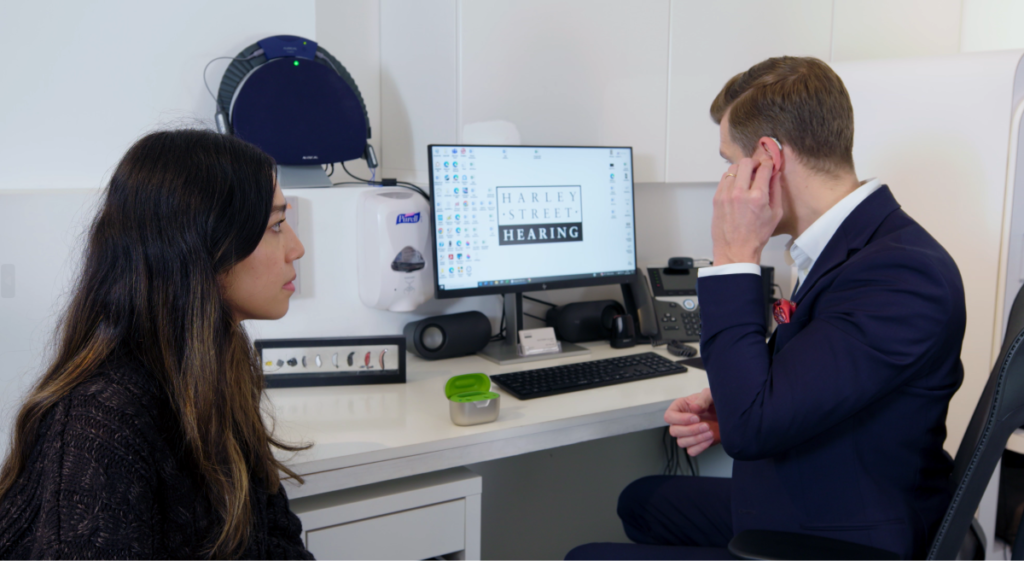
Features of the different hearing aid styles
There are several different styles of hearing aids, each with its own set of features, benefits and mechanisms.
Earlier, we explored the basic mechanics of how hearing aids work, but let’s take a look at the individual styles and how they differ:
Behind-the-ear (BTE) hearing aids
BTE hearing aids consist of a small case worn behind the ear which is connected to an earpiece via a clear plastic tube. The case contains all the electronic components such as the microphone, amplifier, and battery.
How they work:
- The microphone picks up external sounds and converts them into electrical signals
- The amplifier increases the strength of the electrical signals
- The amplified signals are then delivered through the clear plastic tube to the earpiece, where they are transmitted into the ear canal
Behind-the-ear hearing aids are suitable for a wide range of hearing loss, from mild to profound, and can accommodate additional features such as wireless connectivity, telecoils and directional microphones.
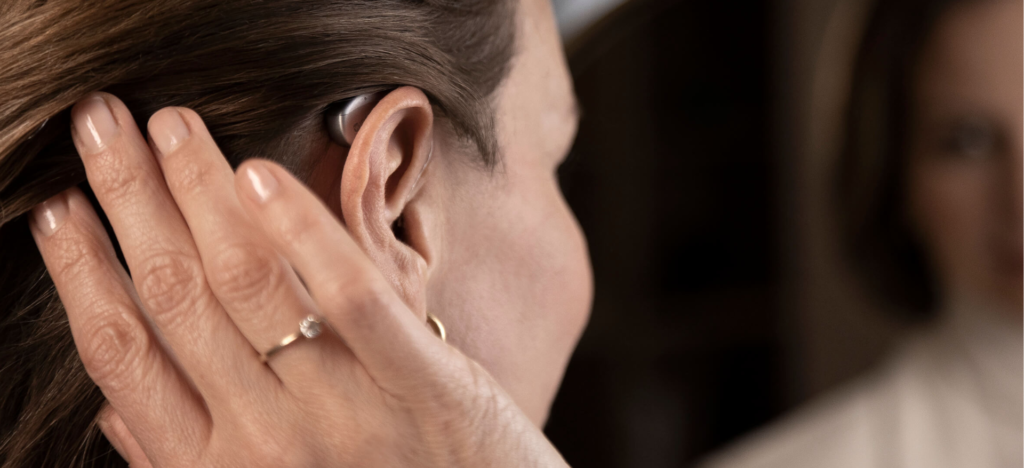
Receiver-in-Canal (RIC) / Receiver-In-Ear (RITE) hearing aids
These are similar to BTE hearing aids but with a smaller casing behind the ear, and the receiver sits inside the ear canal instead of in the main housing.
How they work:
- Sound is collected by the microphone and processed by the electronics in the housing behind the ear
- The processed sound is transmitted through a thin wire to the receiver inside the ear canal
- The receiver converts the electrical signals back into sound and delivers it directly into the ear canal
RIC or RITE hearing aids usually provide a more natural sound quality and reduce the occlusion effect (the sensation of sounds being blocked due to an obstruction in the ear). They are suitable for many individuals with mild to severe hearing loss.

In-the-ear (ITE) hearing aids
ITE hearing aids are custom-made to fit comfortably within the ear. They are available in different sizes, from full-shell to Completely-in-the-Canal (CIC).
How they work:
- A custom-moulded shell houses all electronic components including the microphone, amplifier, and battery
- The microphone picks up sound, and the amplifier processes and amplifies the signals
- The amplified sound is delivered through a speaker located within the shell, directly into the ear canal
In-the-ear hearing aids are suitable for those with mild to severe hearing loss, and can accommodate additional features such as volume controls and directional microphones.
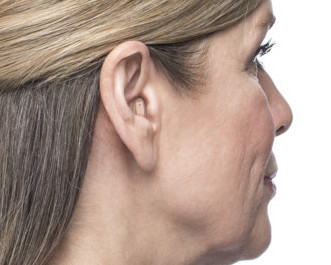
Invisible-in-canal (IIC) hearing aids
This is the smallest and most discreet style of hearing aid which is virtually invisible when worn. Custom-made to fit deep inside the ear canal, IIC hearing aids are less visible to others around you.
How they work:
- Similar to ITE models, all components are housed within a custom-moulded earpiece that sits deep inside the ear
- Sound is picked up through the microphone, and the amplifier works to process and amplify the signals
- The amplified sound is delivered directly into the ear canal through a tiny speaker, positioned close to the eardrum
IIC hearing aids are suitable for those with mild to moderate hearing loss, and are ideal for users who want the most discreet hearing solution.
If you’re looking for a completely invisible hearing aid we recommend the Phonak Lyric, the world’s only truly invisible device. Harley Street Hearing is the original Lyric clinic in the UK and the number one Lyric clinic in Europe, and we offer a no-risk Lyric hearing assessment and no-obligation 30-day trial.

Additional features of hearing aids
Beyond their basic functions, many modern hearing aids are now fitted with advanced features designed to improve usability and listening experience.
Hearing aids can be customised to suit an individual’s needs and preferences, but some of the most common features that can be found include:
- Telecoils: This enables the hearing aid to pick up sound from compatible sound systems such as those found in theatres or churches, providing a clearer listening experience in public places.
- Bluetooth connectivity: Most modern hearing aids can connect wirelessly to smartphones, tablets, TVs and other devices, allowing users to stream audio directly to their hearing aids.
- Directional microphones: These microphones can focus on sounds coming from specific directions which is particularly useful in noisy environments.
- Feedback cancellation: This feature minimises the whistling or feedback sounds that can occur with hearing aids, providing a clearer listening experience especially outdoors.
- Tinnitus masking: Some hearing aids offer tinnitus masking features, which generate soothing sounds to help alleviate the symptoms of tinnitus.
The importance of getting the perfect hearing aid for you
Not every advanced feature will be necessary for everyone, which is why it’s important to get a hearing aid tailored to your requirements. The best way to do this is to book a hearing test with an audiologist.
A hearing test will accurately diagnose your type of hearing loss and the severity of it, which will help to inform the choice of hearing aid. Your audiologist will also take the time to understand your individual hearing needs based on lifestyle and preferences, and will then be able to recommend the most suitable device for you.
Harley Street Hearing has a team of fully qualified clinical audiologists who specialise in helping patients on their journey to better hearing. We listen and we understand, and we take great pride in providing all our patients with personalised care. Our hearing aid patients are patients for life, with complimentary annual checkups to ensure they are getting the most out of their device.
As an independent audiology company, we work with all major UK hearing aid manufacturers and can choose from an extensive range of devices with unbiased advice.
We have hearing clinics across London and you don’t need a GP referral to book a hearing test with us. To find out more or to book an appointment, contact us online or call us on 020 7486 1053.
Enjoy this article? You might be interested in some of our others:

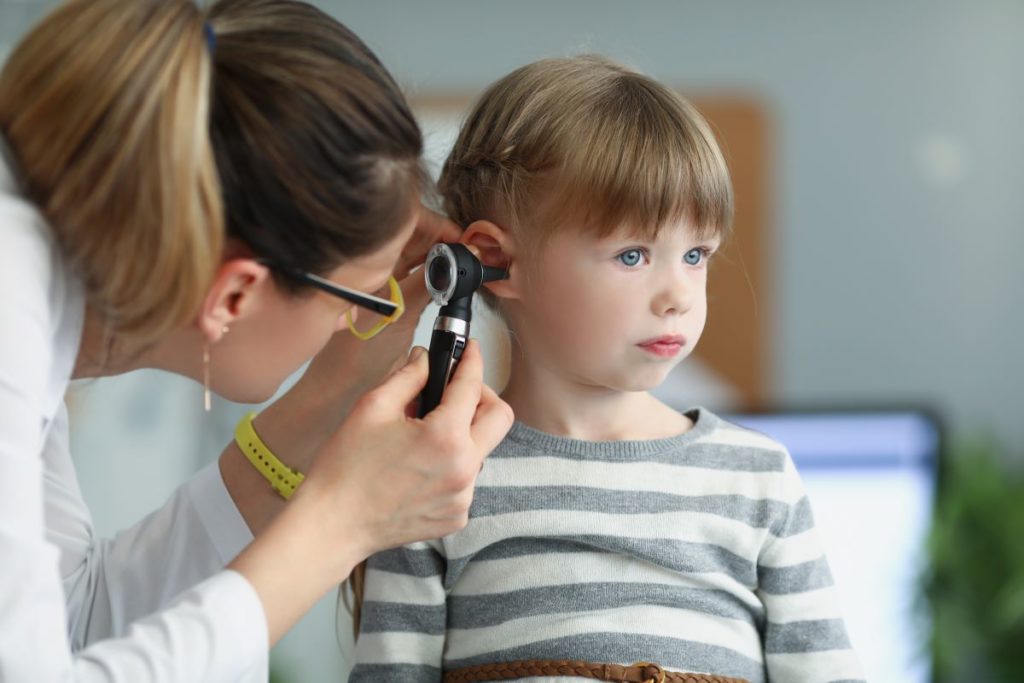


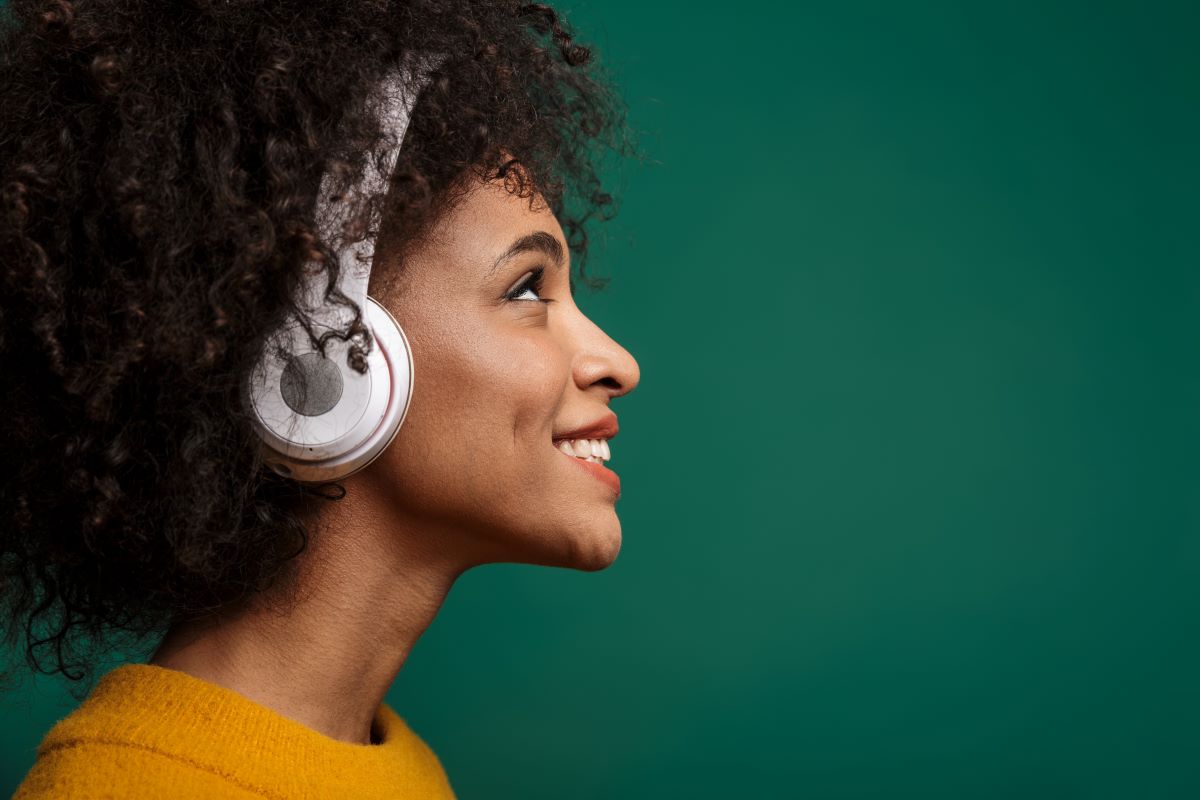















Recent Comments